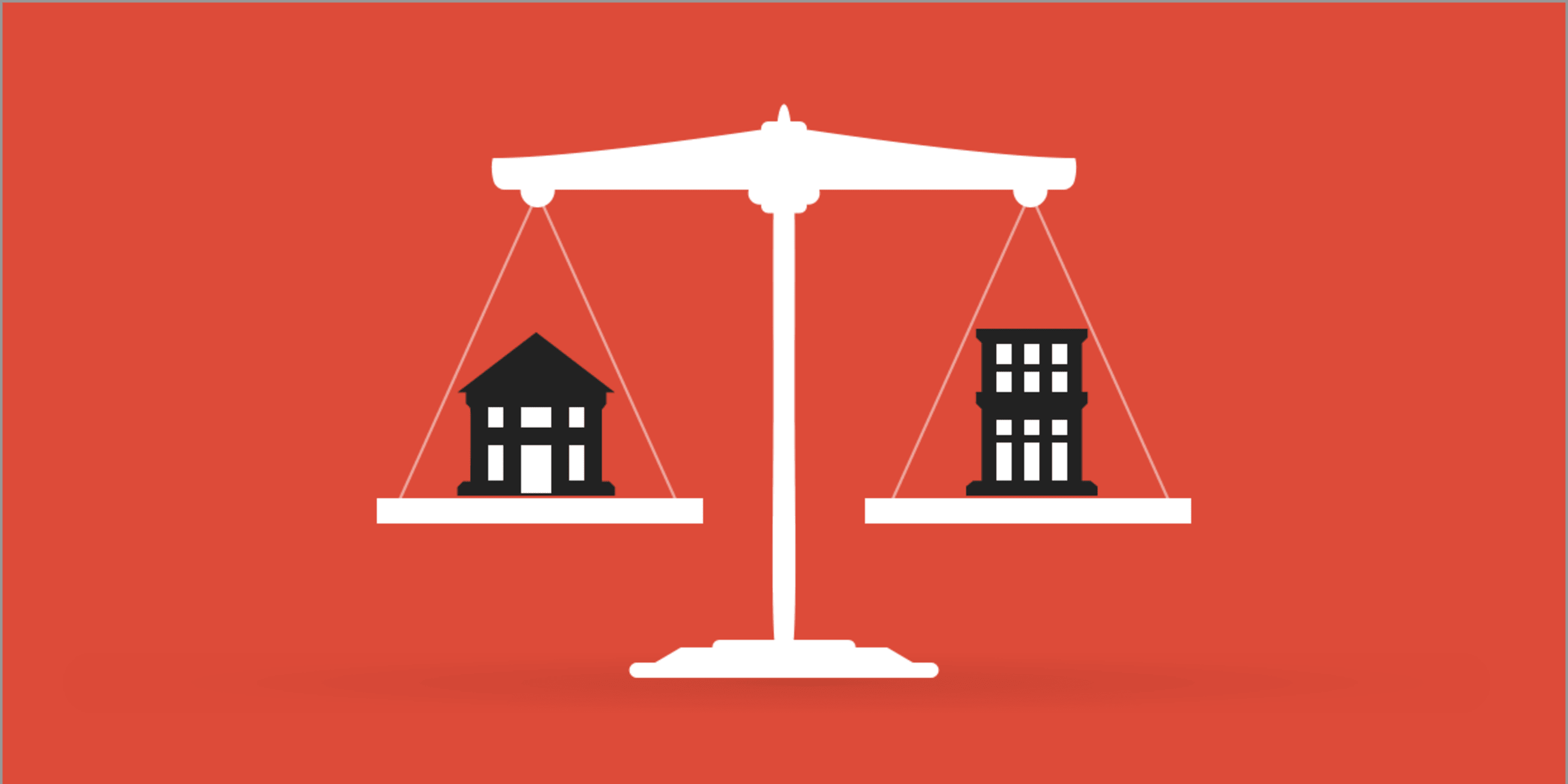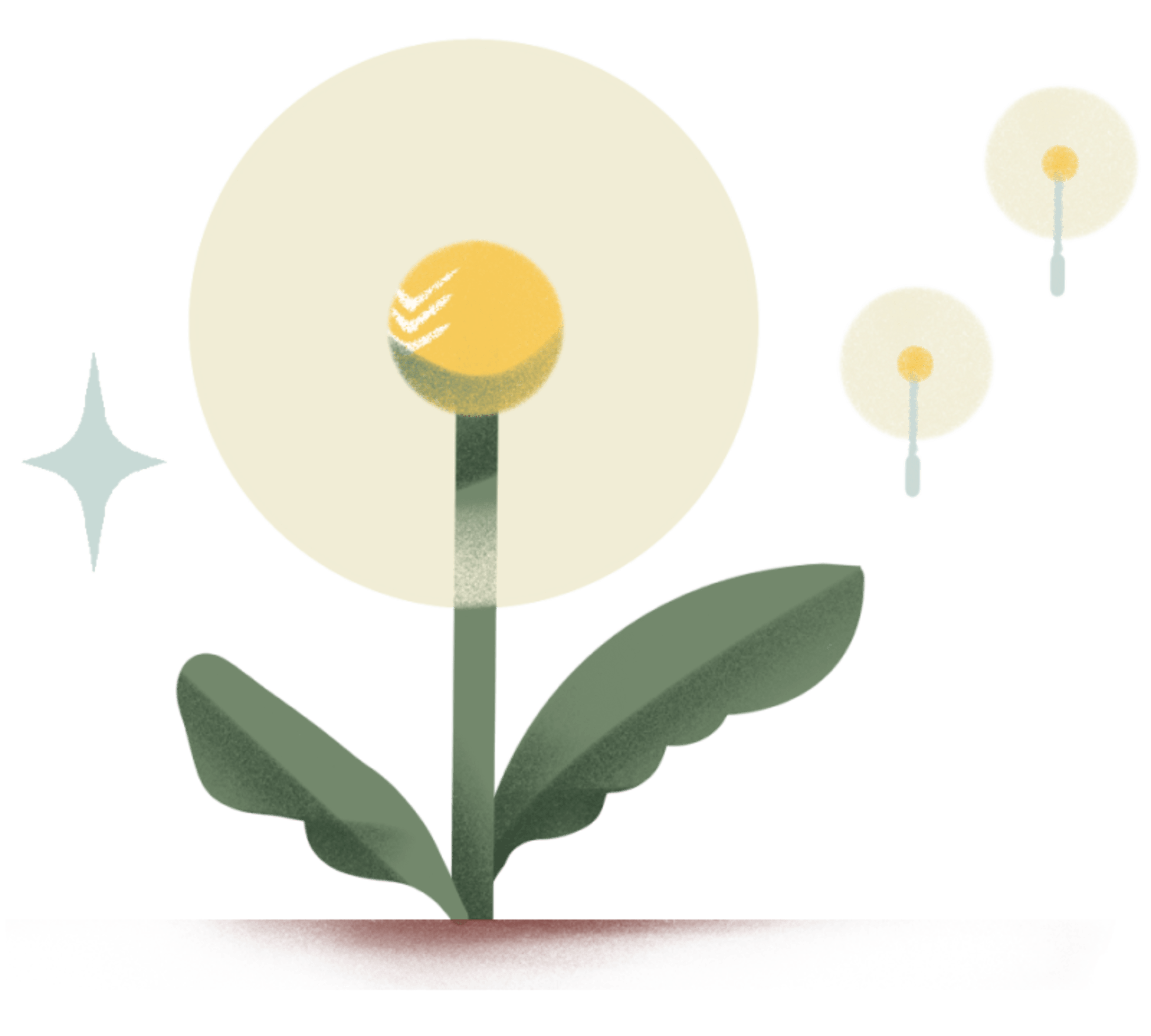If you’d asked me ten years ago whether or not I could have a fulfilling family life and achieve work-life balance, I’d have told you that it might be possible. Yet, I’d have no sense of how to make it happen. Now that I’ve spent the better part of a decade examining how I and others handle projects, tasks, and goals, I can tell you that there are ways to truly achieve work-life balance. You may not be able to have it all all of the time. But with these five strategies you can come pretty darn close.
1. Tackle your to do list with modes in mind
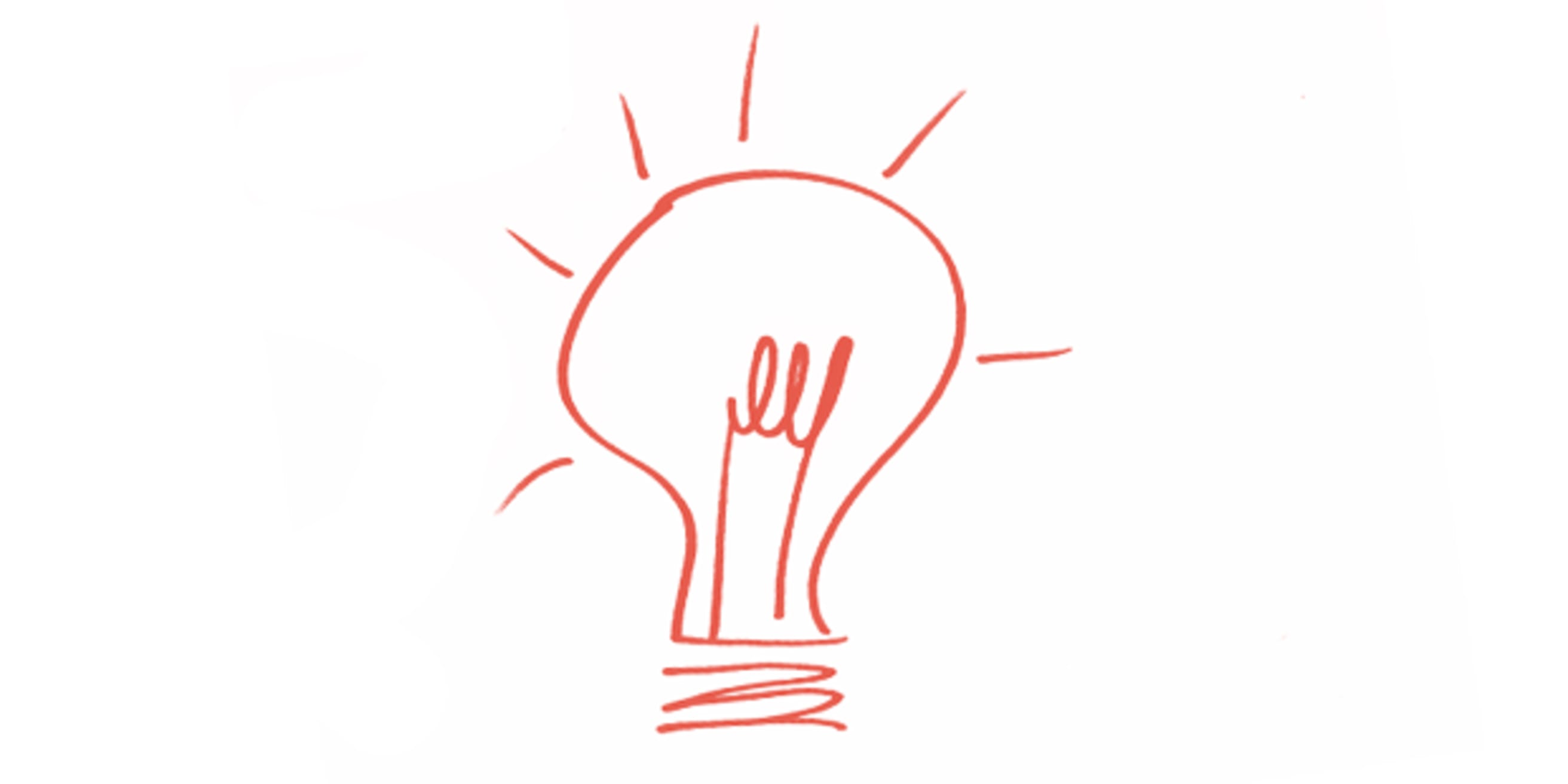
Most of us tend to work purely by going through what’s next on our to do lists. Or we focus on moving one project forward efficiently and effectively. But a better way to approach your work is to choose the mode you are most ready to work in.
When I look at my list of tasks in Todoist, I never look at the Today view or any project view first. I either look at specific filters I’ve created, or I’ll look at my labels. Many of my labels are based on modes of life and work: Home, Family, Email, Writing, Reading, Planning, and so on. When I combine those labels with other variables in filters, I’m able to look at what needs doing depending on mode.
If you want to be get more of the right things done at the right time, using modes as task triggers is a huge help.
2. Theme your days to reduce feeling overwhelmed
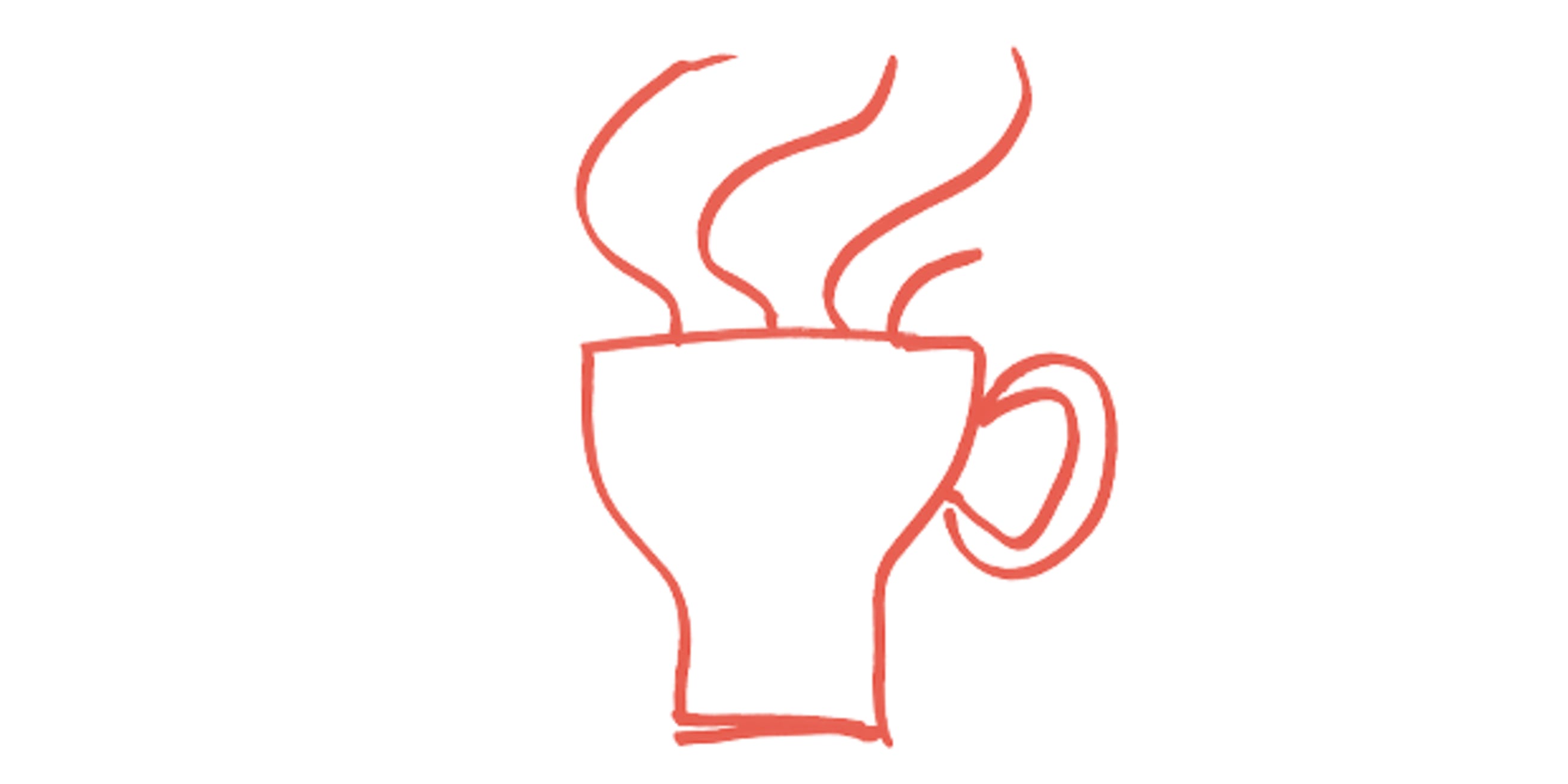
One of the best things I ever did to make sure I stay on top of all I have going on is to assign each of the days of the week a general theme. By doing this, I gave my mind clues as to where to place precedence each day before I even looked at my to do list. So instead of my mind asking a loaded question (“What do I have to do today?”) it now asks a question that has fewer possibilities by default (“It’s Monday, so it’s blogging day. What tasks do I need/want to do that fall under that theme?”).
That doesn’t mean I only work on tasks for just one theme on a given day. My life is more dynamic than that, and I’m sure yours is as well. But waking up and having a general idea of what my day has in store for me based on its theme frees up mental bandwidth and lowers decision fatigue immediately. And I have days designed specifically to focus on family.
Right now, Wednesday is “Daddy Duty Day” since my son is home with me that day. And Saturday is "Family Day," where the focus is where it should be: on my wife and kids.
3. Get comfortable with setting—and keeping—boundaries
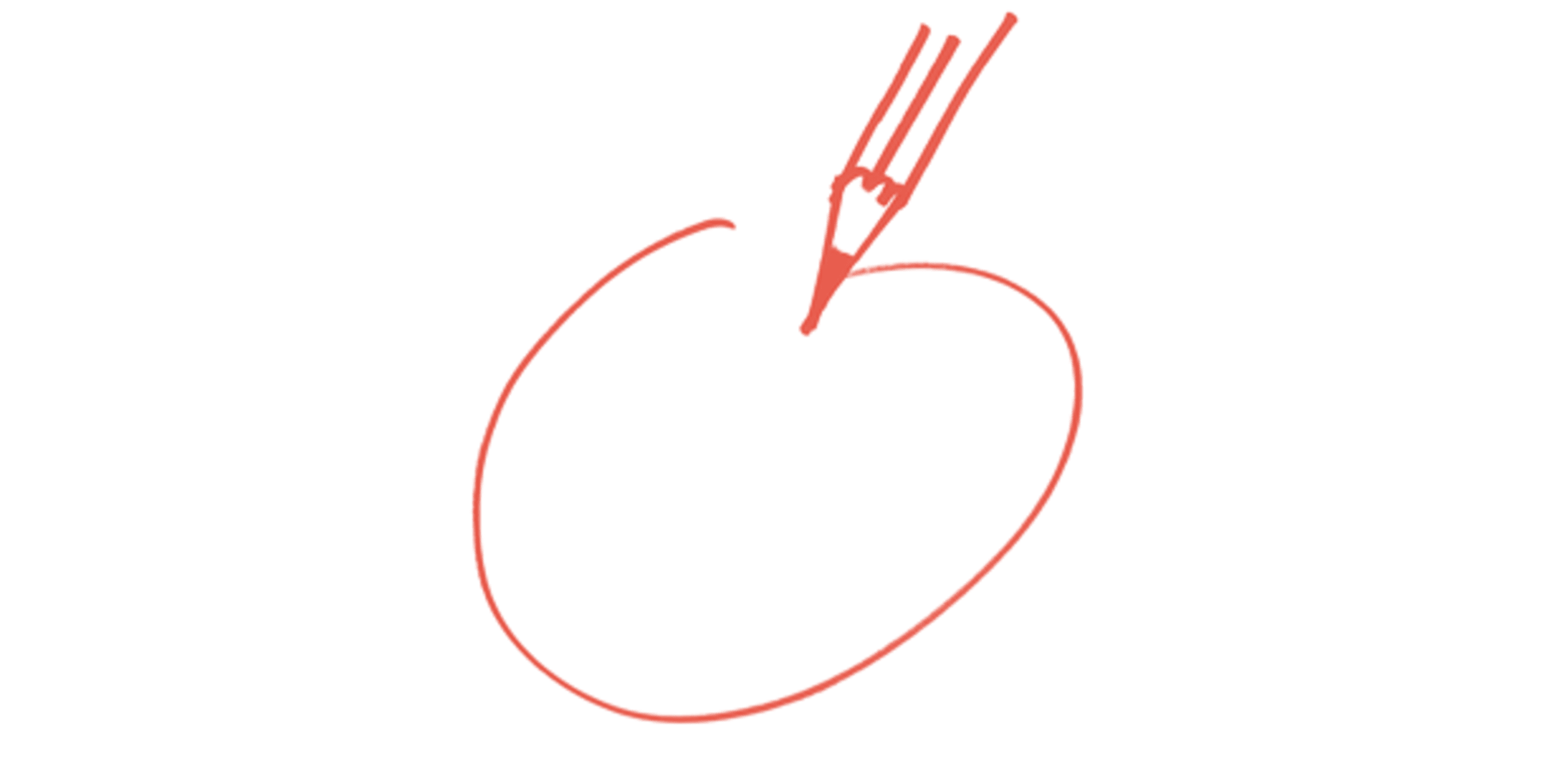
If you want to have an easier time shifting between the different aspects of your life (work, family, friends, etc.) then you need to set boundaries. And then you need to respect them yourself, because no one will if you don’t.
This can be tricky in the era of constant connection, but it’s not impossible. There are tools and services that you can use to mitigate the influx of email (AwayFind is a great service for this) and seeing your calendar fill up in places where you have holes for other things (ScheduleOnce or Calendly can help with that). But you’re the first line of defense and you need to do that work up front in order to build durable and clear boundaries. Customizing notifications so that you only deal with emails that set off specific ringtones is one way to ensure your boundaries can be created and maintained.
I’m fortunate in that I run my own company, but even if you don’t have that in your corner, you can craft boundaries in certain aspects of your life that can make things easier. It won’t be as challenging as you think.
4. Don’t fill every moment
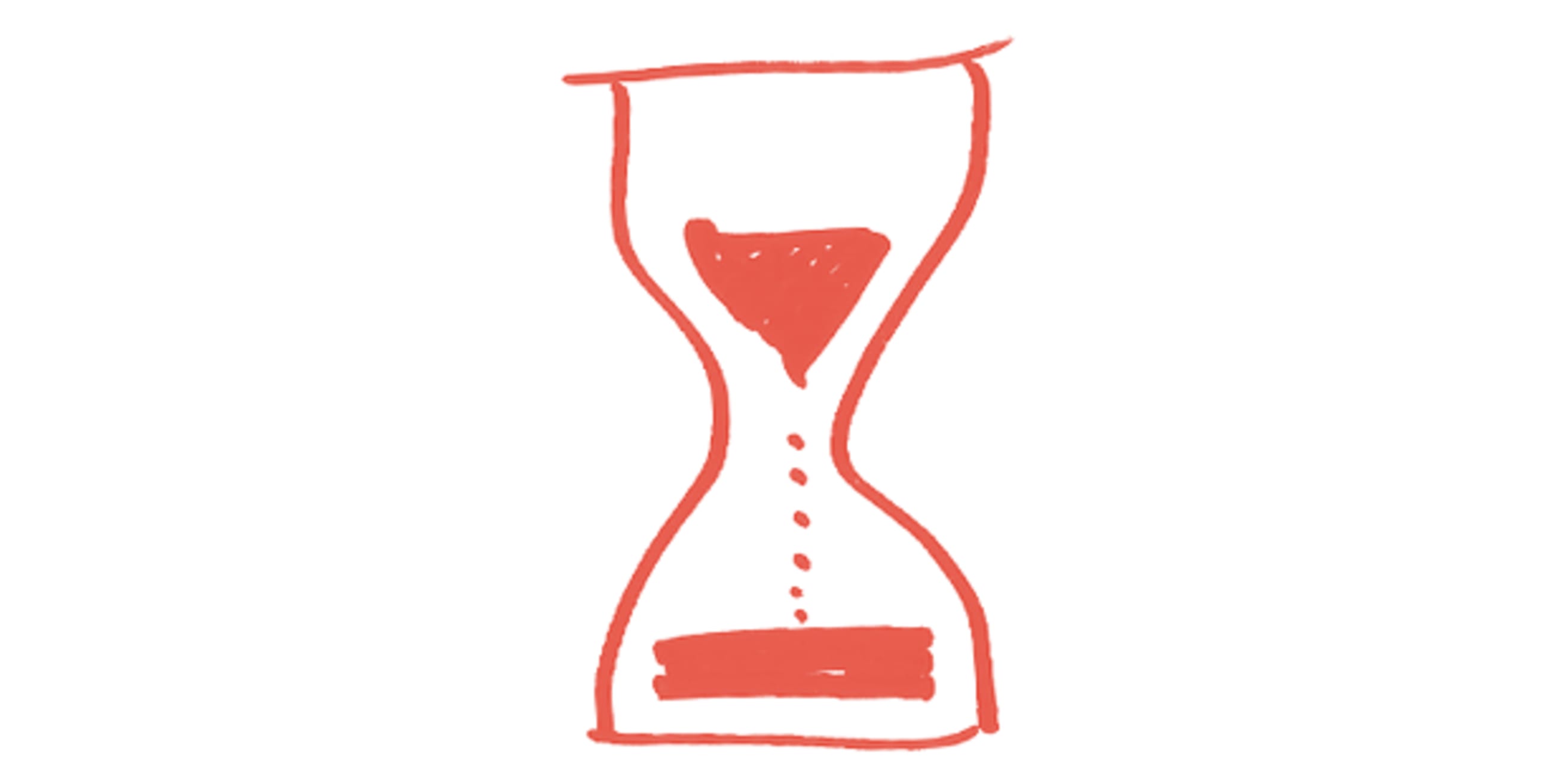
Hyperscheduling can cause overwhelm, which steals quality time over the long run. I put very little on my calendar, and that gives me better perspective over my day. The daily themes are there to guide what should go on the calendar for specific days. ScheduleOnce has blocked out certain days from being infiltrated at all.
Filling every moment can keep you from having valuable downtime so that you can recharge. If you feel the need to do ‘brain dead tasks’ then use a tag (or in Todoist’s case, label) to identify tasks that you could do while in that state. When you schedule too much, you don’t leave yourself enough room to breathe—and grow.
Whether you meditate or simply do nothing during those empty moments, leave them empty. It’s okay to have moments of boredom or silence because it’s often in those moments where breakthroughs occur. I’ve had many great ideas come to me when I’m simply sitting in my office chair. If I hadn't given myself that time and space, then my ability to have those ideas would be diminished or eliminated.
5. Foster self awareness every day

It took me a while to figure out how to do this, but once I did it was game-changing. Self awareness only comes through repeated activity and—more importantly—reflection. Looking back and looking inward forges a better path going forward. Awareness is a huge factor in personal productivity because it impacts the ‘personal’ part of it. And that part is connected to home life, work life, family life, and more. So when you’re trying to foster that self awareness and want to improve yourself, making strides every day is key.
That’s why I keep a daily journal.
I don’t have a rigid structure to my entries because I know I’d be less inclined to keep writing as part of my evening routine. Instead, I simply write freely, exploring all aspects of my life throughout my journal. Some days my words number in the hundreds, other days I pen only a few sentences. The key is that I do it daily so that I keep a chronicle of self awareness. Doing this also allows me to review my task list on a semi-monthly basis, which aligns well with what Todoist offers when reviewing completed tasks. You don’t need to have a specific journal app or book, either. You could use Evernote if you want or grab a program like Day One. It doesn’t matter what you use, it only matters that you do it regularly.
In fact, if you do all of the above regularly then you’ll be that much closer to having it all. It doesn’t get much better than that, does it?
What strategies have you found effective to have both a happy home and to achieve work-life balance? I’d love to hear them! Leave a comment below.
